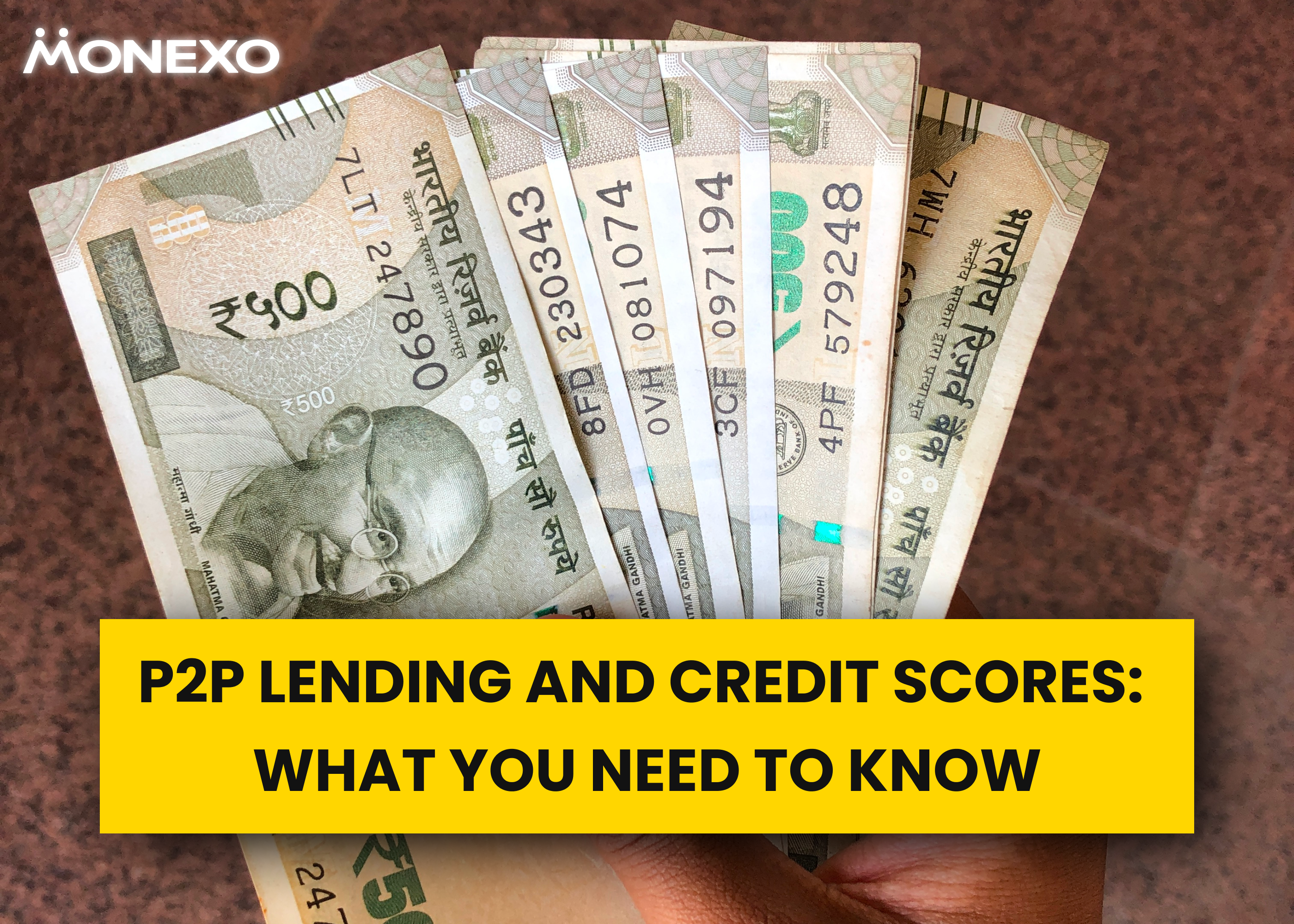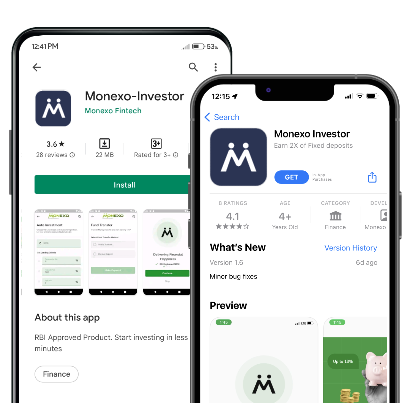In recent years, the financial landscape has evolved significantly, giving rise to alternative lending solutions such as peer-to-peer lending. Unlike traditional financial institutions, P2P lending platforms connect borrowers directly with individual investors or lenders, cutting out the intermediary.
This innovative model has democratized access to funds, providing opportunities for individuals who may struggle to secure loans from conventional banks. However, understanding the relationship between P2P lending and credit scores is crucial for both borrowers and investors.
In this blog post, we’ll delve into the intricacies of P2P lending, explore its impact on credit scores, and provide essential insights that can help you navigate this dynamic financial ecosystem.
What is P2P Lending?
P2P lending is designed in the form of borrowing and lending that leverages technology to facilitate direct transactions between individuals. P2P platforms serve as an intermediate that connects borrowers looking for loans with lenders looking to invest their money for potential returns. Typically, these platforms allow borrowers to request loans for various purposes, such as consolidating debt, funding personal projects, or covering unexpected expenses.
Understanding Credit Scores
Before delving deeper into P2P lending, it’s crucial to understand what credit scores are and why they matter. A credit score is a numerical representation of an individual’s creditworthiness, typically ranging from 300 to 900. This score is derived from various factors, including payment history, credit utilization, length of credit history, types of credit accounts, and recent inquiries.
Credit scores play a vital role in determining an individual’s eligibility for loans, credit cards, and even rental agreements. They serve as a key indicator of financial responsibility and risk, helping lenders assess the likelihood that borrowers will repay their debts. As such, possessing a strong credit score can result in more favorable loan terms, such as lower interest rates and higher borrowing limits. As per Credit Information Bureau of India Limited (CIBIL) around 79% of loans approved by banks in the country are for individuals with a CIBIL score of 750 or above, indicating good credit.
The Intersection of peer-to-peer lending credit score
Credit Assessment in P2P Lending
When a borrower requests a loan through a P2P lending platform, the platform conducts its own credit assessment to evaluate the risk associated with the loan. This process typically involves analyzing the borrower’s credit score alongside other financial information, such as income, employment history, and debt-to-income ratio.
The results of this assessment influence the loan terms offered to the borrower, including the interest rate, repayment period, and total loan amount. RBI-regulated P2P companies like Monexo provides auto investment options for investors, It is a feature that helps you to automate your lending. So that you can customize your investments based on the level of risk tolerance and financial goals.
How P2P platforms create the credit profiles of borrowers
P2P systems categorize borrowers according to their risk tolerance. The main difference between P2P platforms and banks is the use of auditing as opposed to assessment. Following all required verifications, borrowers are listed on the site. Even in the event of a rejection, P2P networks provide superior communication and clarity compared to banks.
P2P platforms leverage advanced technologies and data analytics to move beyond traditional scoring methods. Here’s how they create borrower profiles with real data:
- Alternative Data Sources: Many P2P lenders consider alternative data sources such as utility payments, rental history, and even social media behavior. By analyzing these aspects, platforms can gain deeper insight into a borrower’s reliability and financial behavior.
- Real-Time Data Analysis: P2P platforms use algorithms that analyze real-time data, allowing them to evaluate borrowers’ creditworthiness dynamically. This can include recent employment status, income flows from freelance work or transaction patterns in bank accounts.
- Machine Learning Algorithms: By employing machine learning, P2P platforms can refine their understanding of borrower risk over time. These algorithms can identify trends and patterns that traditional credit scores may overlook, enabling more accurate risk assessments.
- User-Provided Information: Borrowers can directly provide additional information that may not be captured through traditional scoring systems. This information could include educational background, professional expertise, or detailed financial narratives, which help paint a fuller picture of the individual’s creditworthiness.
What Investors Need to Know
As individuals consider backing loans on P2P lending platforms, it is important for them to understand the credit landscape of potential borrowers:
Evaluate Borrower Risk: Investors should pay close attention to the credit profiles of potential borrowers. P2P platforms typically provide credit scores and other relevant information that can help assess risk.
Diversification Strategy: Just as borrowers should manage their debt levels, investors should diversify their portfolios across multiple loans to mitigate risk. Investing in different borrowers can minimize the impact of potential defaults on overall returns.
Understand Default Risks: P2P lending involves risk, including the possibility of borrower defaults. An understanding of the credit evaluations performed by the platform can help investors make informed choices.
Conclusion
P2P lending represents a significant shift in the way individuals access credit and generate investment returns. Understanding the intersection of P2P lending and credit scores is critical for both borrowers and investors seeking to navigate this innovative financial landscape.
While P2P lending offers opportunities for those with varying credit scores, it is essential to approach borrowing and lending with a well-informed strategy. With careful research, budgeting, and understanding of credit dynamics, participants in the P2P lending ecosystem can make the most of what this model has to offer and foster positive financial outcomes. Whether you’re in need of a loan or looking for investment opportunities, Monexo can be a suitable option for your financial needs and opportunities.
FAQ:
What is peer-to-peer lending and how does it affect my credit score?
Peer-to-peer lending is a method of borrowing and lending money without the involvement of a traditional financial institution. Your credit score can be impacted by P2P lending, as timely repayments can improve your score, while defaults can negatively affect it.
Can I get a P2P personal loan with a low credit score?
No, you cannot obtain a P2P personal loan with a low credit score, as P2P lenders often consider your credit score when making lending decisions.
How does defaulting on a P2P loan impact my credit score?
Defaulting on a P2P loan can have a significant negative impact on your credit score, as it indicates to other lenders that you are a high-risk borrower. This can make it more difficult to obtain credit in the future.
Can P2P lending help improve my credit score?
Yes, making timely repayments on a P2P loan can help improve your credit score over time, as it demonstrates responsible borrowing behavior to credit reporting agencies.
Are P2P loans considered in the same way as traditional loans by credit bureaus?
Yes, P2P loans are typically reported to credit bureaus in the same way as traditional loans, meaning they can impact your credit score in a similar manner.
How can I check my credit score before applying for a P2P loan?
You can check your credit score for free through various online platforms, such as Credit Karma or AnnualCreditReport.com, before applying for a P2P loan to ensure you have an accurate understanding of your creditworthiness.
What steps can I take to improve my credit score before applying for a P2P loan?
To improve your credit score before applying for a P2P loan, you can focus on making timely payments on existing debts, reducing your overall debt-to-income ratio, and correcting any errors on your credit report that may negatively impact your score.




